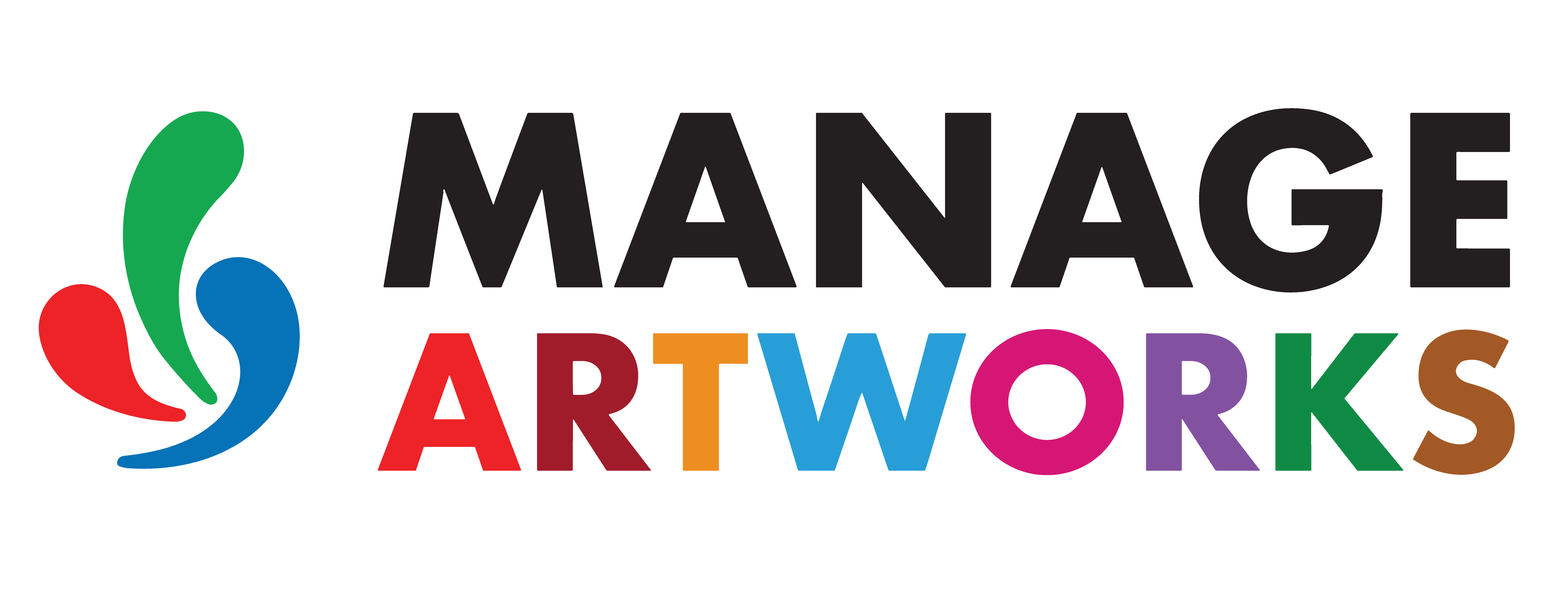Color in PDF
Color plays a crucial role in PDF design and proofing, especially in packaging and regulatory artwork workflows. PDFs can store color information using various color spaces, profiles, and rendering methods, each designed for a specific output medium — such as on-screen viewing or high-fidelity printing.
While this flexibility makes the PDF format powerful, it also introduces complexity during proofing. Different color models, transparency settings, or blend modes can alter how content is rendered, extracted, or compared.
Common Color Spaces and Profiles in PDFs
| Colour Space / Profile | Description |
|---|---|
| RGB (Red, Green, Blue) | Primarily used for on-screen display. Colors may appear more vibrant but may not accurately represent printed output. |
| CMYK (Cyan, Magenta, Yellow, Black) | Standard for print production. Colors are optimized for ink-based output and can look duller when viewed on screen. |
| Grayscale | Uses shades of gray to represent tone without color. Common in monochrome printing or black-and-white artwork. |
| Lab Color | Device-independent model based on human vision; useful for consistent color conversion across devices. |
| ICC-Based Profiles | Define specific device calibration and color management settings to ensure predictable results across viewing and printing devices. |
| Spot Colors (Pantone, HKS, etc.) | Pre-mixed inks to maintain precise color consistency during printing. Often used in printing for brand consistency |
Key Challenges in Color Interpretation
| Challenge | Description |
|---|---|
| Multiple color models in one document | A single PDF can include a mix of RGB, CMYK, and Spot colors. This variation can lead to inconsistencies between digital proofing and printed output. |
| Transparency and blend modes | Overlapping layers, transparency effects, or complex blending can alter how colors visually appear, making accurate comparison difficult. |
| Profile mismatches | If the embedded ICC profile differs from the viewing or proofing environment, colors may shift or render incorrectly. |
| Hidden or low-contrast text | Text or graphical elements may use colors that blend into the background (e.g., white text on a light background), making them hard to detect visually but still extractable as text. |
Impact of Color on Proofing and Compliance
Colour accuracy directly affects multiple aspects of proofing and print validation:
- Visual rendering: Ensures that on-screen previews match printed results as closely as possible.
- Print fidelity: Maintains consistent brand colours and correct reproduction on press.
- Accessibility: Ensures adequate contrast for legibility and compliance with readability standards.
- Automated text and object detection: Prevents invisible or low-contrast elements from being missed during automated checks.
Why It Matters for Proofing?
Incorrect colour interpretation can lead to:
- Visually inconsistent or misleading proofs.
- Misprinted packaging or inaccurate colour reproduction.
- Failed regulatory checks, such as allergen warnings or dosage labels blending into the background.
For best results, designers should:
- Embed correct ICC profiles during PDF export.
- Avoid mixing colour spaces unnecessarily.
- Maintain sufficient colour contrast for all critical text and visual elements.
- Use approved spot inks for consistency.
